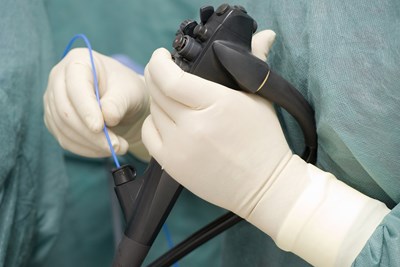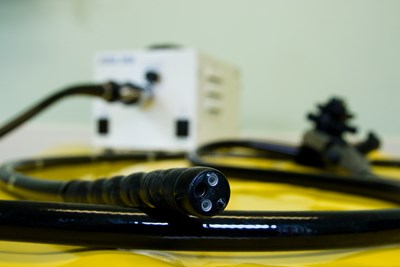Despite the uncomfortable thought associated with endoscopies (colonoscopies, especially) they are a fairly low-risk procedure. An endoscope is a length of tube with a camera and light on the end that transmits a picture of what’s going on inside to a monitor where the doctor can see what it sees. Through this, the doctor can make more accurate diagnosis of internal symptoms, evaluate the status of any internal disorders (like ulcers), take a biopsy of tissue to test for diseases like cancer or anemia, and even provide certain treatments. And although there are risks, the chances are so low, it’s almost certainly worth it.
Sedation Risks
Many surgeries and procedures require the patient be anesthetized, which brings with it a whole list of possible ill effects. Very occasionally, endoscopy uses anesthesia, when more extreme treatments are being performed using the endoscope. Often when young children need the procedure, anesthesia is a better option to ensure compliance and comfort. On the whole, however, endoscopies usually only require a sedative, which decreases the risks significantly. Admittedly, patients do not always respond well, so if someone has had a reaction to a sedative before, or is on any medication, it is extremely important to inform the doctor.
In general, the worst side effect that arise from sedation are dulled senses and an inability to respond quickly and with good judgment, which just means a ride home from the procedure is a good idea, and so is avoiding driving, machinery, or dangerous situations in general for about a day.
Infection Risks
Any procedure also comes with the risk of infection. A foreign object is essentially being introduced to the interior of the body, and despite medical workers best efforts, bacteria may find a way in. The chances of this are higher if the endoscopy involves more than just looking (such as if some sort of treatment or biopsy will occur at the same time). However, a round of antibiotics is usually sufficient to manage any infection that may arise. For those at a high risk of infection, like the elderly or those with low functioning immune systems, the doctor may prescribe a round of preemptive antibiotics as a precaution.
Internal Injury Risks
The more intensive the procedure is, the greater the risk of internal injury. If there are polyps (growths) that must be removed or if a biopsy is necessary, there is always a chance of bleeding. In very rare circumstances, a blood transfusion may be necessary. Because of the nature of the procedure and the fragility of organs, endoscopy may result in a tear in the lining of these organs. According to experts, this happens in less than 1% of cases. When it does, however, it requires hospitalization and surgery to fix the tear.
When to Be Concerned
Most patients feel recovered after a day or two of rest and relaxation, with nothing more than a little bit of bloating or a sore throat. However, the patient should notify their doctor if a fever, chest pain, shortness of breath, dark or bloody stool, nausea or vomiting, or abdominal pain that doesn’t go away occurs.



